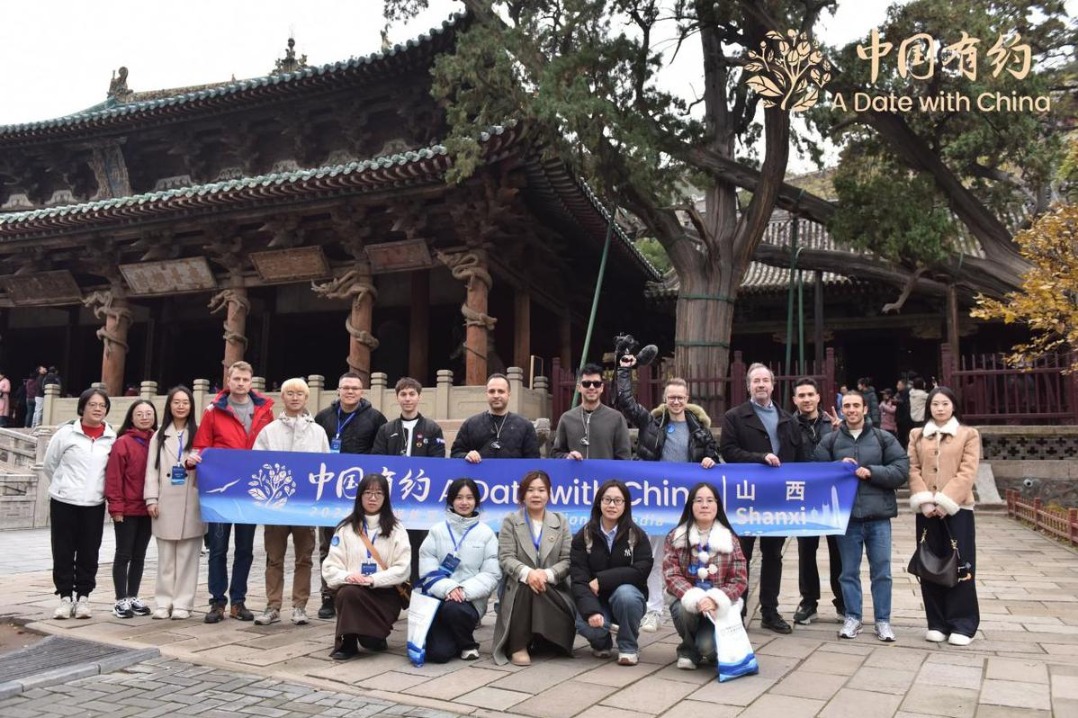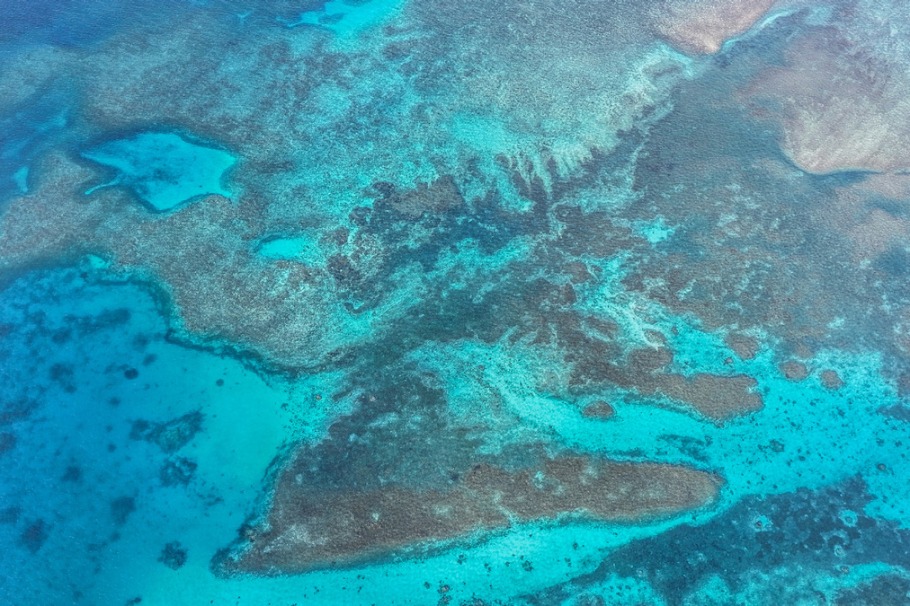Let nature be our guide


Given space and time for rewilding, ecosystems will naturally recover by themselves
May 22 is designated as the International Day for Biological Diversity to increase understanding and awareness of biodiversity issues. Given the urgency of our current nature crisis, this year's theme of "Be Part of the Plan" serves as a much-needed clarion call to galvanize whole-of-society actions.
How to be part of the plan is critical. To embrace this challenge, inspiration can be drawn from earlier thinking in the West and in the East. The ancient Greeks, viewed physis, the closest equivalent to "nature", as a process, of which humans are a part. But in many Christian societies until the 19th century, nature was viewed mainly as raw materials for human use.
Nature in the ancient Chinese view, ziran, was inspired by Lao Tzu and ancient Chinese texts. Originally, ziran meant "the way things are, unforced and uncontrived".
With our current age termed the Anthropocene Epoch by some scientists, there is little doubt that humans are now the primary driving forces behind many planetary changes, such as rapid resource depletion, rampant pollution, sharp biodiversity declines, and a dangerously unstable climate. In short, nature is out of balance and things are no longer "the way they were".
To address this issue, nature urgently needs a helping hand. This is why the theme of this year's International Day for Biodiversity is "Be Part of the Plan", a call for action for all stakeholders to halt and reverse the loss of biodiversity by supporting the implementation of the Kunming-Montreal Global Biodiversity Framework, also known as The Biodiversity Plan.
First of all, it is critical to protect what remains in the natural world, because it is far cheaper to prevent environmental damage than to clean it up afterwards. In particular, protecting intact large-scale ecosystems, such as intact forest landscapes, is even more cost-effective. Celebrated biologist Thomas Lovejoy demonstrated that intact, biodiverse forests are the most productive and resilient ecosystem.
Safeguarding the remaining biodiversity is rightly reflected in the GBF Target 3, which requires conserving 30 percent of global land, waters and seas by 2030. Given the fact that protected areas globally now account for roughly 16.1 percent of land and inland waters and 8.01 percent of oceans, the world is a long way away from the GBF target. To achieve this target, policymakers and lawmakers in each country will need to step up to create more protected areas and strengthen the safeguarding of existing protected areas.
For China, its newly streamlined protected area system with national parks at its core is a step in the right direction. Non-government actors also have important roles to play. According to a recent study published in Nature, privately protected areas can help protect underrepresented biomes and severely threatened regions, contributing to the protection of a further 1.2 percent of key biodiversity areas. In China, privately-managed public-interest protected areas modeled on land trusts and piloted by The Nature Conservancy show encouraging progress toward filling important conservation gaps.
Restoration is another key action to bring the nature into balance. But successful nature restoration projects can be difficult to realize. Across the world, the space of nature restoration is littered with failed attempts and ineffective projects. For example, large-scale monoculture plantations to restore lost habitat almost invariably ended in "green deserts" that are a far cry from well-functioning ecosystems. Remaking coastal regions modeled on a picturesque beach resort through heavy-handed engineering risks altering and destroying habitats for shorebirds and other species. At the root of such pitfalls are often our insufficient understanding of nature's intricate inner workings, overconfidence in our engineering might, and demand for quick economic returns.
What is often under-appreciated is the fact that nature can be surprisingly resilient. In many cases, all it needs is its own space and some time to recover. This is the thinking underpinning the emerging movement of rewilding, which focuses on enabling and reinstating natural processes through large-scale restoration to the point where nature is allowed to take care of itself. Importantly, rewilding encourages a balance between people and nature so that they can thrive together.
Restoration efforts informed by rewilding are already yielding promising results in many parts of the world. For example, in the United Kingdom, a myriad of rewilding-based projects, from reconnecting fragmented ancient woodlands to restoring wetlands, are bringing back a diverse range of wildlife. In the United States, "the American Prairie Reserve" initiative is making steady progress toward connecting 1.3 million hectares, or 3.2 million acres, of prairie so that native wildlife species can fulfill their natural ecological roles.
In China, rewilding is also gaining currency. The Paulson Institute is joining a group of forward-thinking conservation experts to explore the potential of applying rewilding in China's burgeoning national park system to strengthen both ecological integrity and carbon sequestration. We are working with local cities to design and implement innovative solutions to nurture and enhance urban biodiversity so that native species will have a chance to rebound.
The idea of letting nature take the lead in its self-recovery is deceptively simple, but it embodies a common thread that connects the ancient concepts of nature and ziran on the one end and contemporary thinking behind rewilding on the other.
Zhu Li is director of the Conservation Program at the Paulson Institute. Niu Hongwei is chief conservation officer at the Paulson Institute. The authors contributed this article to China Watch, a think tank powered by China Daily.
The views do not necessarily reflect those of China Daily.
Contact the editor at editor@chinawatch.cn.


































